Stonehenge Part 7/8 - Overall picture.
The survey map shows so many archaeological sites that it is inevitable that Stonehenge is part of a whole. The fact that Stonehenge itself stands out is due to its monumental structure.
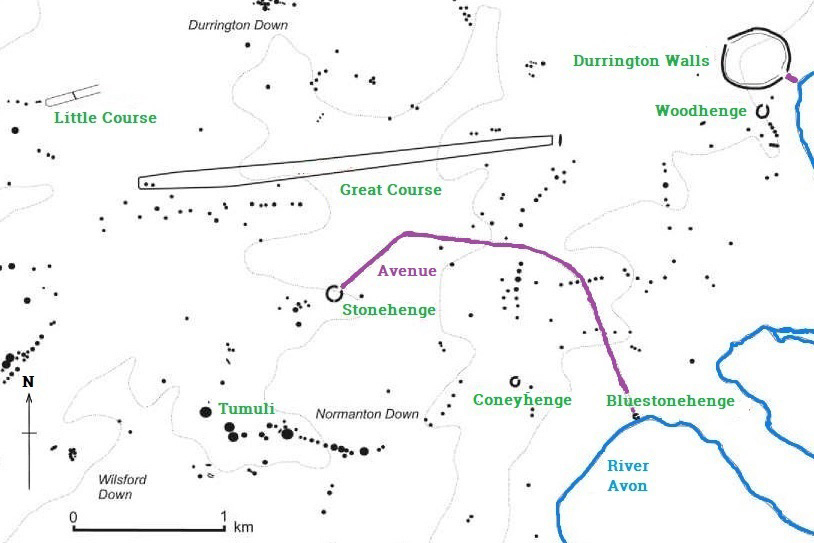
This overview shows the most important settlements in the vicinity of Stonehenge. It was edited by WimWatcherWilly.
A modern insight.
Stonehenge is part of a landscape full of traces and remains from prehistoric times. Around 2500 B.C. everything falls into place. Stonehenge (as world of the dead) and Durrington Walls (as world of the living) take shape. The river Avon connects both worlds:
- The change Stonehenge underwent around 2500 B.C. gives it a much more monumental appearance. It remains a cemetery, but now also serves as a place where ancestors are venerated and commemorated. Astronomical observations are also made there. Stone stands for death and the eternal world of the ancestors, hence the world of the dead.
- The renovation of Stonehenge around 2500 B.C. is a gigantic task. Presumably the builders and their families are staying in Durrington Walls, about 3 kilometres from Stonehenge. Their homes have recently been found. The transient wood represents the life that passes, hence the world of the living.
- The Avon that meanders through the plain has certainly been used to do part of the transport. From now on it will function as a link between the Stonehenge cemetery (dead) downstream and Durrington Walls (life) upstream. The river plays a role in the rituals involved in the transition from life to death. Between Durrington Walls and Stonehenge, the Avon is particularly winding. You get easily disorientated by the bends of sometimes as much as 180 degrees. Deliberately disorienting people is a worldwide part of rites of passage, such as funeral rites. This ensures that the dead get confused on their journey to the other world, which prevents them from returning. Revenge spirits are also lost to the north in this way. The Avon was the perfect setting for that twisting, confusing transition from life to death.
Inspiration for this insight came around 2000. Archaeologists Mike Parker Pearson from England and Ramilisonina from Madagascar joined forces in this comprehensive theory. The results of their excavation campaigns and new, accurate dating of all kinds of finds and traces seem to confirm this theory.
Stonehenge today.
The current ruin is what remains of the fourth and final construction phase around 2000 B.C.. In the surrounding landscape clues have been found of human activities that date from before, during and after the construction of this prehistoric temple.
The monument then counted more than 160 large stones. More than half are still there. About 70 stones are missing. They were probably used in the Middle Ages to build churches in the area. Many stones have been damaged in the past centuries by hammers of souvenir hunters.
On the outside there is a 333 metre long moat and an earthen embankment. They demarcate a terrain with a diameter of 106 metres. In the centre is the densest concentration of stones. On the outside we see what remains of a circle of Sarsens. Once there were 30, now there are 17. Six cover stones are still on top of it. Two Trilithons have had their covering stones dropped. Between the debris lie Bluestones, once they stood on either side of the Trilithons.
Stonehenge is not the only stone circle, there are hundreds. But it is the only circle with cover stones. They have been worked in a circular way, with a pen and a hole, which must have required an enormous amount of precision.
Since 2010, the landscape has gradually been restored to its original state. The car park, the old visitor centre with entrance and the asphalt road have disappeared and have been rebuilt 2 km further on.
Durrington Walls.
When Stonehenge changed radically and more or less took on its present form with giant Sarsens, no effort was spared, a real work of titanic proportions. The builders stay in a kind of village near Durrington Walls. The square houses of that village have recently been found, an extremely important discovery.
Durrington Walls is 3 kilometres from Stonehenge. There were perhaps more than 4,000 people there during the construction period. The residents also erected large, circular monuments in wood. These formed the backdrop for exuberant celebrations. The lives of these people seem to have been aimed at honouring the dead who were buried in Stonehenge.
Durrington Walls at that time was a settlement of about 17 hectares. That is enormous. Most of the inhabitants only stay there part of the year, especially in autumn and winter. Only 5% of the area has been dug out, but the number of houses is estimated at about 1000. They have been reconstructed at the visitor centre and they measure 5 m by 5 m. The thatched roof almost reaches the ground, there is a tamped limestone floor and a central cooking and heating place.
Around the village, a giant Henge of more than 500 m in diameter was built. Excavations revealed large pile holes inside the Henge of two monumental wooden circles: the Southern and the Northern Circle. The Southern Circle was undoubtedly the most impressive. Its wooden poles were so large that the builders had to chop slopes in the limestone to straighten them. The monument must have been as imposing as Stonehenge. But because it was built in transient wood, nothing remains of it.
Men also constructed Woodhenge, just outside and south of the Henge. The site consists of six concentric oval rings of postholes. With a total diameter of 110 metres, the site had a single entrance to the northeast.
The wooden circles of Durrington Walls and Woodhenge formed the backdrop for large-scale parties around 2500 B.C.. Fresh beef and pork is roasted, cooked and eaten. Analysis of the animal bones shows that many animals are brought to Durrington Walls especially for the festivities. Some of the pig stands are in poor condition. Those animals must have been fattened with sweet food, perhaps honey. They are slaughtered in autumn and winter, around the winter solstice. That may be the time when these people gather in Stonehenge to work on the monument.
“Pig on a spit” The people who gather in Durrington Walls to party eat thousands of animals. About 90% of them are pigs, the rest are cattle. Many bones still have meat hanging on them when they are thrown away. So there may be more than enough provisions for everyone during the festivities. Some bones show traces of flint tools, an indication that the meat is being cut into pieces. From burned bones of legs, we deduce that pigs are roasted over an open fire. Others are chopped into pieces and cooked in pots. Remarkably, hardly any sheep bones have been found in Durrington Walls. Don’t the partygoers find sheep meat tasty enough?
Both Stonehenge and Durrington Walls were connected by an Avenue to the Avon, the lifeline that connected the two worlds. The Avenue of Stonehenge was about 3 km, that of Durrington Walls was only a few 100 m. Nowadays, the following route is assumed: From Woodhenge in Durrington Walls via the short Avenue to the Avon. Follow this downstream. Then via the long Avenue to Stonehenge. The stones remain invisible until the last hundreds of metres and then suddenly they are there, a highlight.
The surroundings of Stonehenge.
Other enigmatic traces were found about 200 metres from today’s Stonehenge. Post holes reveal that people erected three large wooden poles there around 8000 B.C.. Possibly this is the first rough marking of the later sanctuary. Building monuments was very unusual for prehistoric hunter-gatherers. There are no similar structures in Europe.
Round 4000 B.C. Coneyhenge is built 1.5 km south of Stonehenge. The site has been ploughed up for centuries and only from the air could the circle be located with a northeastern entrance. The post holes betray a wooden construction. Nearby some 40 Barrows have been found.
Round 3500 B.C. two monuments appear south of Woodhenge which we now call the Great and the Little Course. Such a course is an elongated terrain, surrounded by a moat and a rampart and usually situated on a ridge. Their function is unclear. Maybe the people came together here.
In 2008, Bluestonehenge was discovered on the site where the Avenue begins at the Avon. Above ground, everything has disappeared, but it has been possible to locate the holes where Bluestones once stood. The monument dates from before the first construction phase in Stonehenge. The stones were brought in from Wales around 3000 B.C.. Later they were removed here and added to Stonehenge. There are 25 of them and they now stand within the horseshoe of the Trilithons. The Henge was rather small and apparently did not suffice anymore.
From 2000 B.C. onwards, enormous circular burial mounds, the so-called Tumuli, were erected throughout Great Britain. Elongated burial mounds called Barrows also appeared. All this is also happening on the plain of Salisbury. There must have been hundreds, perhaps thousands, of burial mounds, the largest of its kind.
Within a radius of 3 km 300 round burial mounds have been found. They date from the period when the monument was as good as finished. So important people were buried here laden with grave goods such as pottery, jewellery and weapons. Each hill overlooks the stone circle, perhaps a tribute to the deceased. Without the present vegetation they probably saw white of the lime.
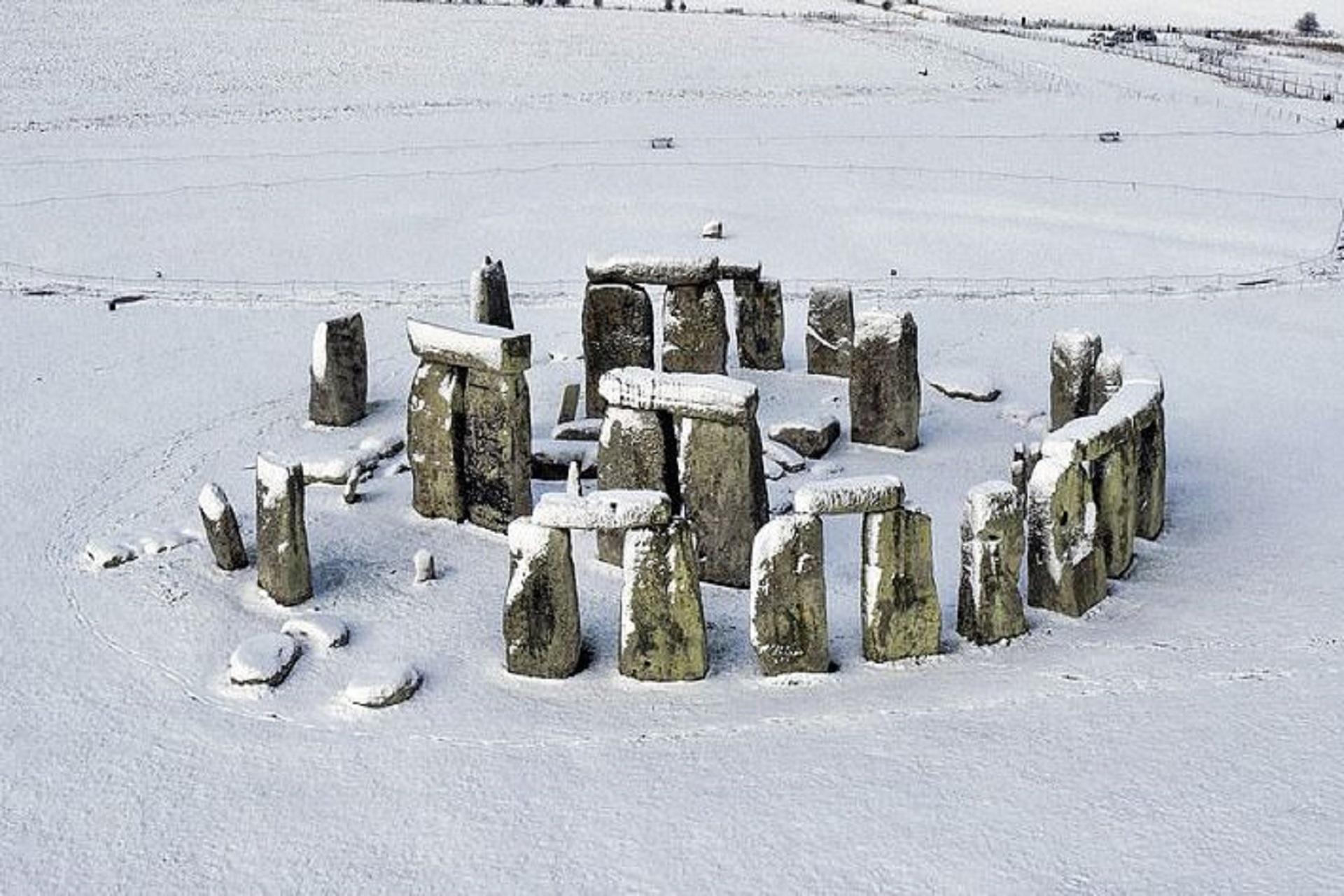

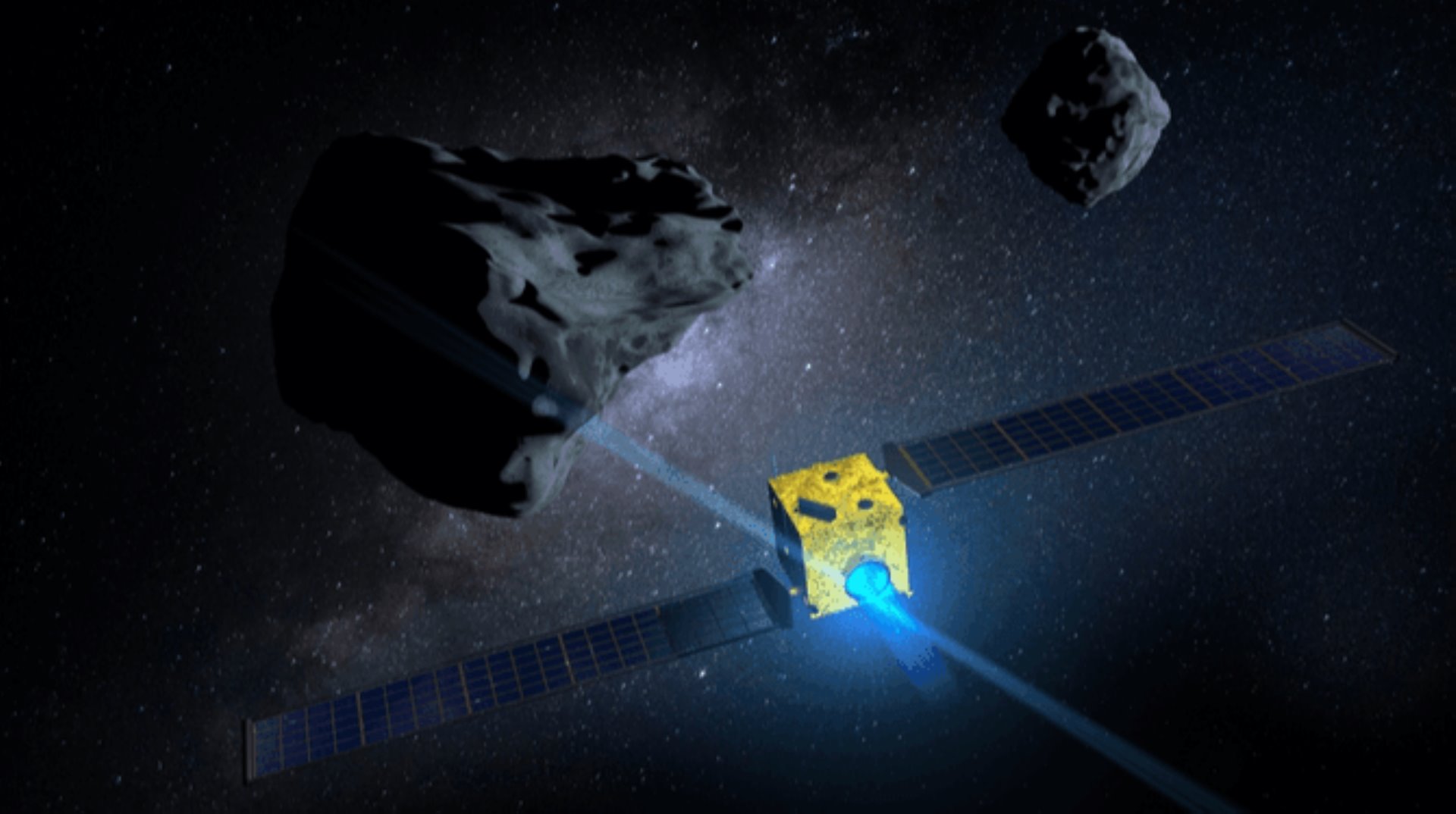

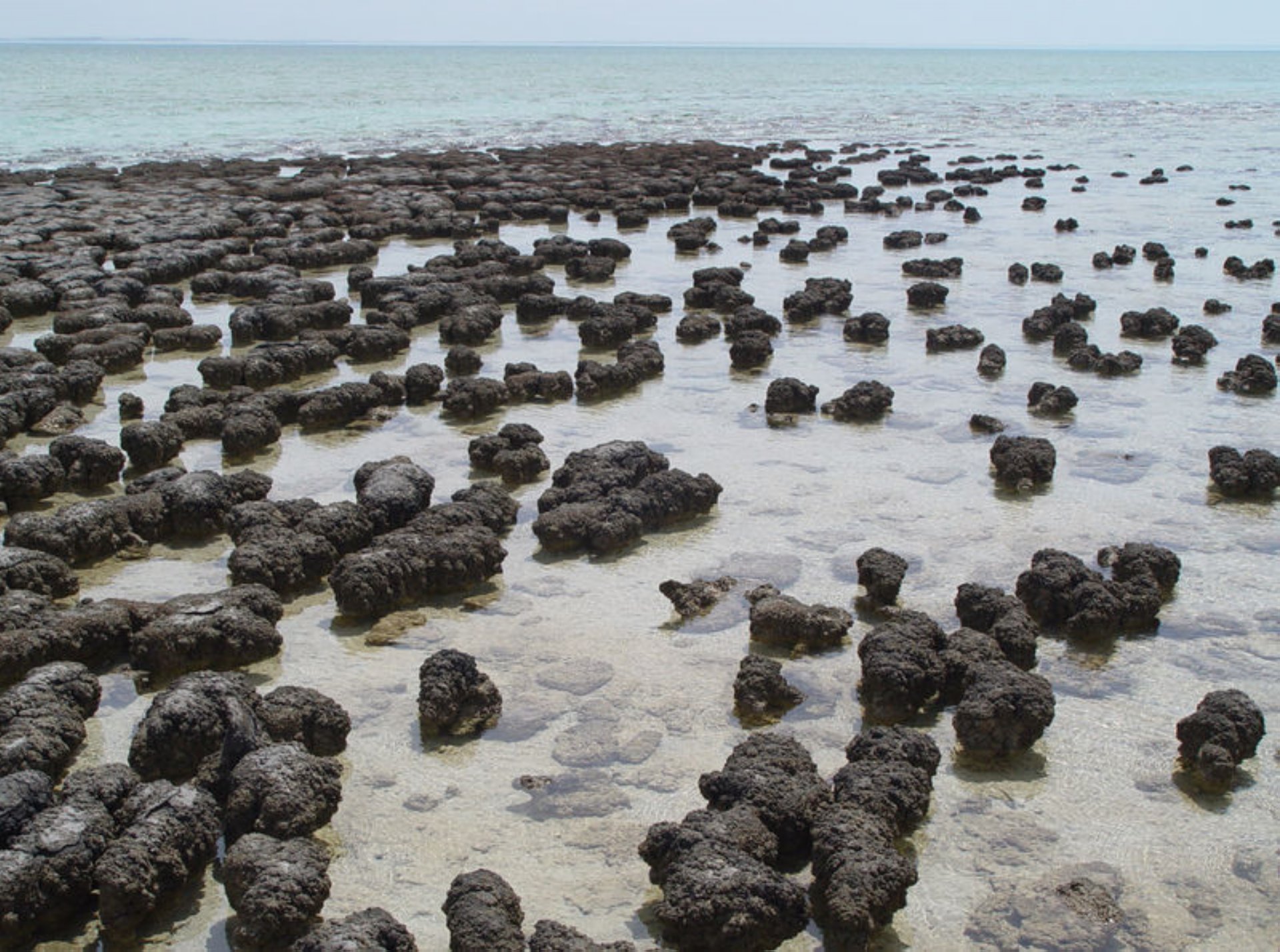
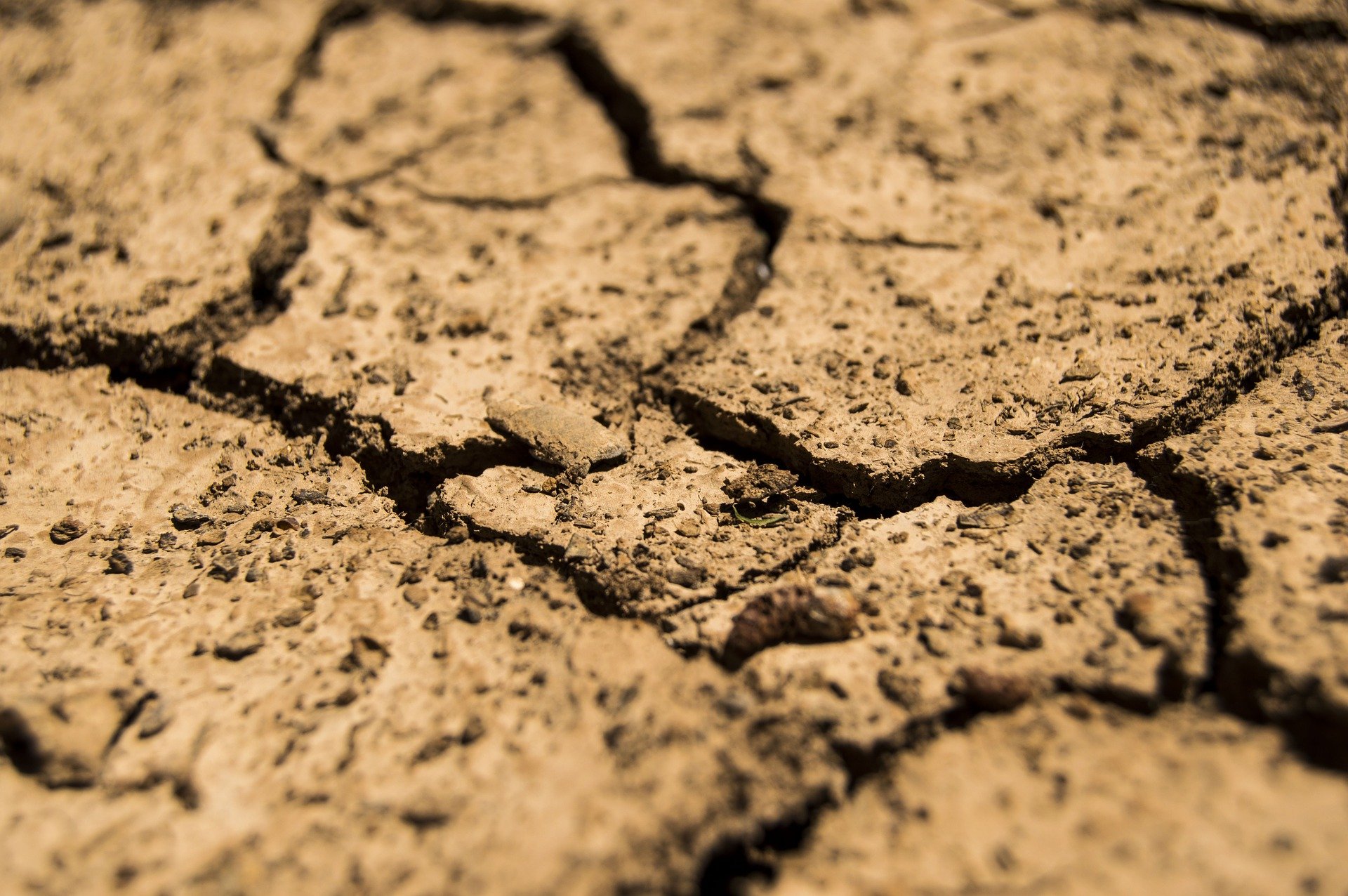
Comments